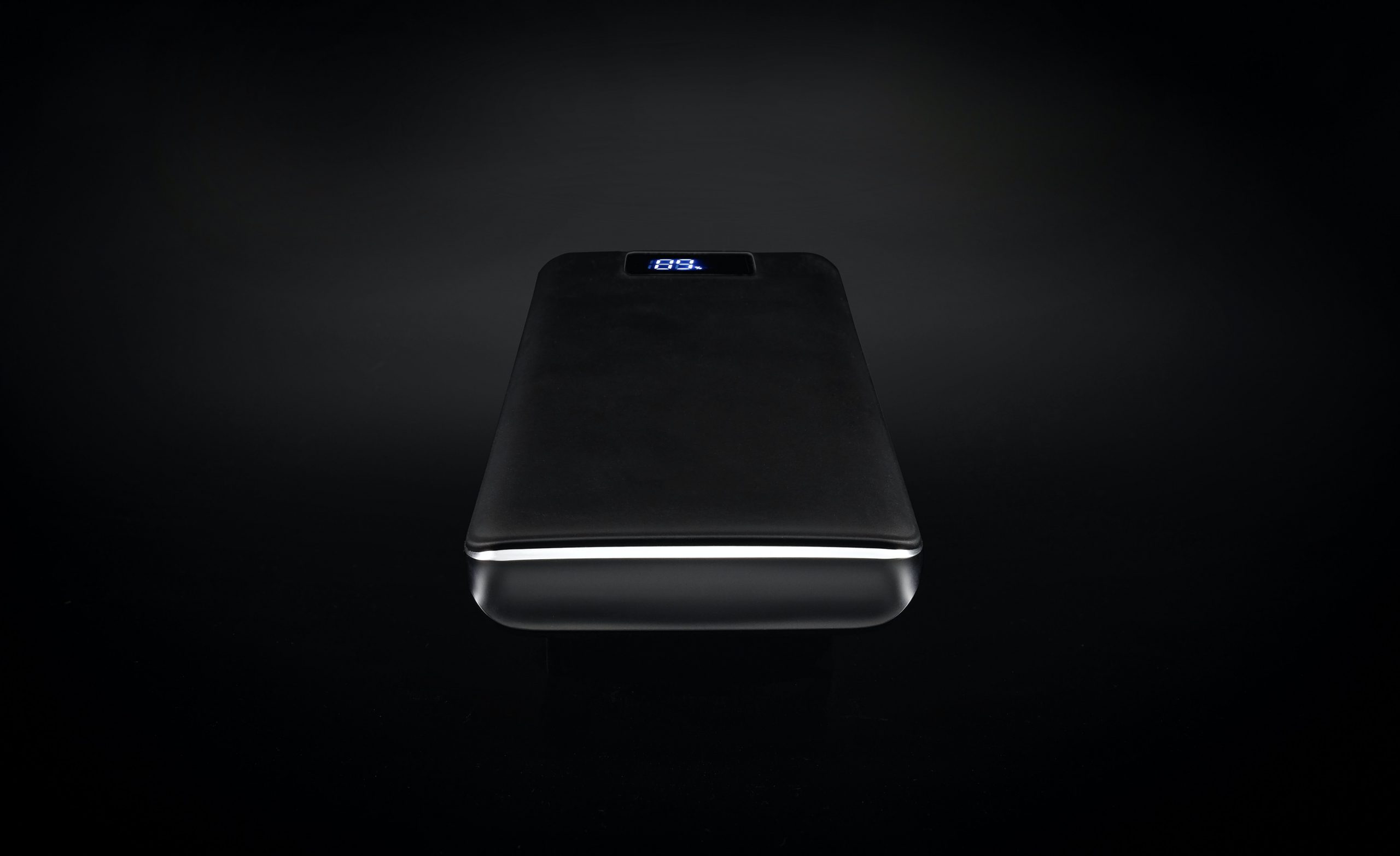Portable devices have the uncanny habit of running out of power at the worst possible moment: in the middle of a meeting, while you are on the road, or when you are due to make an important phone call.
These scenarios can be a thing of the past if you just invest in a standby battery-powered charger.
Dozens of portable battery packs, if not hundreds, are available there out, and it’s confusing which one to pick.
I’ve spent the last three years trying different batteries to solve this very problem. My obsession was sparked off by my experience living off-grid in a vintage RV that ran on solar power. The experience showed me how indispensable good batteries are when you are relying on solar power.
I had an excellent 12-V battery bank in the bus, and I ultimately realized that portable batteries are multipurpose. Since most of my time was spent outside the RV, I found that portable power gave me the flexibility I needed to take energy with me wherever I needed it, even with no plug.
You don’t need to be living off-grid in a solar set up to appreciate the convenience of a battery-powered portable charger. Follow our guide to finding the perfect battery-powered charger for you.
Best Overall
It is hard to choose one overall best battery charger, because what i’s “best” is the device that needs charging. Your phone’s best charger could be useless on a laptop.
With that out of the way, during my testing, one battery charger brand easily stood out. Nimble’s 5-Day portable charger does the best job of balancing weight (a respectable 12 ounces) and power whenever I need it. I’ve used it for over a year and seldom venture outside without it. The 48-Wh battery charges a 12-inch iPad and keeps my phone on for about a week.
That said, many batteries out there can do the same. But I like Nimble more because of their commitment to the environment. Batteries are potential environmental hazards.
They have cobalt and lithium as well as other rare metals whose supply chains are replete with abuse both to the environment and harms communities.
Nimble has a policy of reducing environmental impact using plastic-free and bioplastics materials as well as minimal packaging to reduce environmental impact. Plastic-free packaging can’t save the world, but that little thing, added to the already great product, make Nimble charger my pick.
Best for Phones
The Anker PowerCore Slim is a lightweight, tiny, and fast charger for mobile phones. It powers up an iPhone up to 3 times, and the 37-watt-hour battery easily charges the Fire HD 8 tablet twice.
The device can charge as fast as your phone handles. I use it to jumpstart camera batteries when I am not at home. All Anker’s chargers have a nice pouch case that is good for storing cords.
Best for Tablets
The Nimble charger has a lot in common with my top pick. It’s heavier than the 5-Day charger model-power – there is always a trade-off – but if you have many devices to charge, this can easily take you through a long weekend.
The battery does not have twice the 5-Day capacity. It clocking to 72 watt-hours electricity. You may charge up to 3 devices at a go or 2 as you recharge the battery pack itself.
Has one full-size USB port and two USB-C ports. Can fully charge most tablets 2-3 times.
Best for Laptops
Several manufacturers probably test chargers on MacBooks. If you especially have a MacBook Air, any big battery charger should be fine (so long as it can deliver 45 watts). Those who got other laptops will require more research. Laptops charging through USB power delivery differ significantly on the amount of power needed. I’ve tested machines ranging from 30 to over 100 watts. Check your laptop’s specifications against the battery you want to buy to ensure compatibility before you invest.
The Mophie Powerstation 3XL isn’t cheap but has worked with various laptops. It’s nice, but the actual benefit is that it’s not likely to scratch other things in the bag. Battery chargers are heavy, definitely scratching high-end screens – of course, your Fire HD tablets.
Has one full-size USB port and one USB-C port. Can fully charge most laptops 1-2 times.
Best for Going Off-Grid
If you’re going out for some time and need power, you might need a solar panel. There are several portable panels there out, but many of them are garbage. Even when from a reputable brand, you luck a good one, ensuring you get enough incoming energy to charge your battery but connecting everything via the suitable charge controller becomes complicated, and that’s why Lightsaver Max is what I love. It’s a durable, compact, rollable solar panel with a battery, all as one unit. It’s genius, and it’s my wish if I had gone back there in RV.
The waterproof solar panels (IP 67 rated) are made from marine-grade connectors to withstand anything. The package builds up to the size of a big Maglite flashlight weighing 1.5 pounds. The 60-watt-hour battery charges various phones about 3 times before you can recharge it. The solar panel recharges the battery for about 6-8 hours of full sun in ideal conditions. In real-world situations – such as when I was canoeing, I trapped it on top of the pack – fully recharging each day. Indeed it charged more than enough keeping my devices charged. When plugged on the wall, it fully juices itself in around 3.5 hours.
If Max’s price is too high, you can go for the smaller light saver which is $100 ($120 at Amazon). It features a 12-watt-hour battery, though it lacks IP 67 waterproof panel. Still, when backpacking, 5-ounce weight is far much appealing.
Best for the Rest
Do you have devices that can’t charge through USB? Yes, they’re there. I got an old but excellent GPS device running on AA batteries, headlamps taking AAA batteries, and several other odds and ends requiring batteries. After going through many brands, I found Eneloop rechargeable batteries are the most reliable and longest-lasting. The Panasonic charger recharges any AA and AAA batteries combined in less than 3 hours, including 4 AA Eneloop rechargeable batteries.
A Great Portable Generator
If you are powering several devices for more days, a portable generator, or a portable power station, as it is often called, is what you need. Think of them as a lithium-ion replacement from the old, gasoline-powered generators. Do you need one? It’s worth considering.
If your answer is yes, Jackery Explorer 1000 is a solid starting place. It strikes the best balance between capacity, power, and ease of use. It might not be enough to run the air conditioning (it has a max output of 1,000 watts), but it should handle about anything. I used it to run all things ranging from a small refrigerator, table saw to charging all my devices. It’s portable and well made (weighing 22 pounds) and roughly a small cooler size.
It advertised at 1,002 watt-hours, which in my capacity test its managed a bit better. Charging it takes some time while, if particularly you use solar panels (sold separately), takes about one and a half days. Strongly I suggest panels worth at least 200 watts.

 Home4 years ago
Home4 years ago
 Medical4 years ago
Medical4 years ago
 Gadgets4 years ago
Gadgets4 years ago
 Environment4 years ago
Environment4 years ago
 Medical4 years ago
Medical4 years ago
 Energy4 years ago
Energy4 years ago














